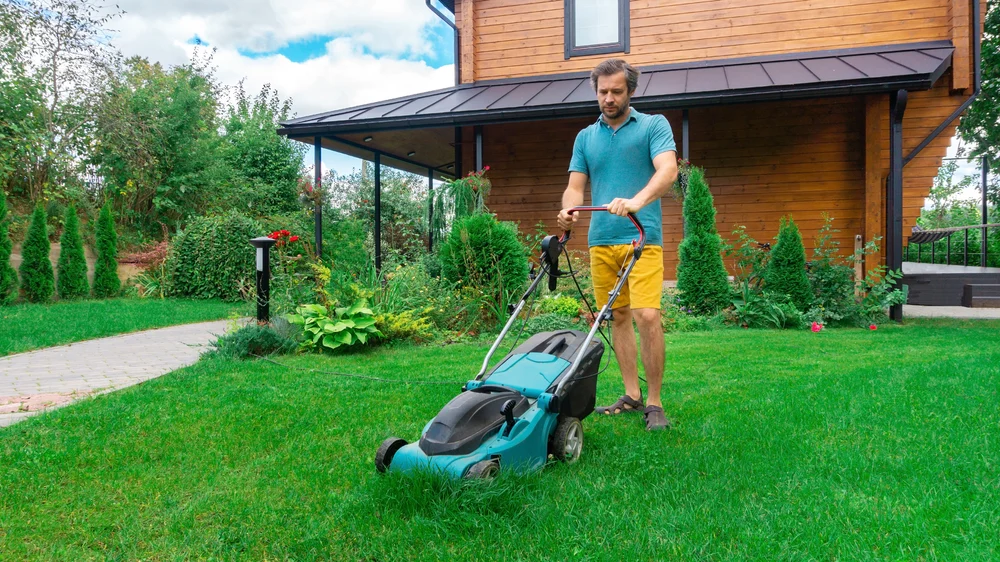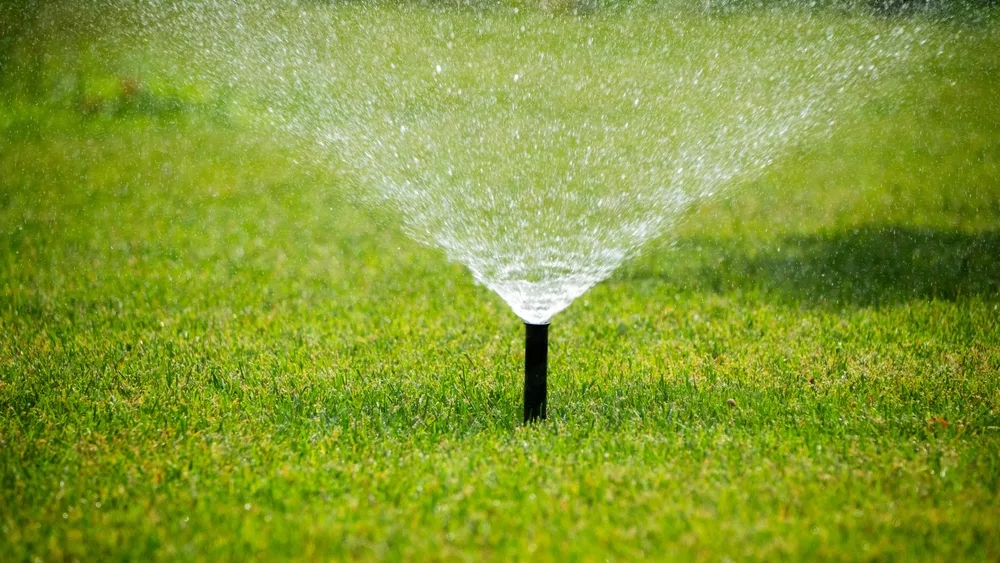Keeping your lawn lush and green all summer can be challenging. It takes practice and patience to perfect the timing for mowing and watering.
Ensuring your lawn looks good is essential for your home’s curb appeal, and you don’t want to make any landscaping mistakes.
So, you might wonder, is watering your lawn after mowing okay? The good news is that it’s unnecessary, and nothing wrong happens if you do.
Timing is Key for Watering and Mowing

Watering and mowing your lawn at the correct times are crucial. While it might sound simple, it requires attention to detail.
Here are some straightforward tips to keep your lawn in great shape, including the best times for each task. Good landscaping can boost your home’s value by up to 20%, so it’s clear why maintaining a well-kept lawn is essential.
Best Time to Water Your Lawn

The ideal time to water your lawn is before 10 a.m. This timing helps reduce evaporation and ensures the water is absorbed well.
Lawns generally need about an inch and a half of weekly water, including rainfall. Only water if there hasn’t been enough rain. If your grass looks dull or grayish, or if footprints don’t disappear quickly, these are signs your lawn needs water.
Watering profoundly is also essential so that roots grow healthy and deep. If you don’t water enough, the roots will stay near the surface to get water.
A simple trick to know how long it takes to water is using empty tuna cans. Place empty tuna or cat food cans around the sprinklers where the water lands.
Please turn on the sprinklers and indicate how long it takes to fill the cans to about an inch. This will guide you on how long it takes to water, usually twice a week if it doesn’t rain. If you prefer watering after mowing, ensure it’s done before mid-morning.
Best Time and Tips for Mowing Your Lawn
The best time to mow your lawn is early evening when the grass is dry. Mowing wet grass can cause uneven cuts and clog your mower.
Don’t mow on a strict schedule, but rather when it’s needed. Sharpen your mower blades once a year and get a tune-up. Change your mowing pattern to avoid scalping the grass or creating worn patches.
Remember not to cut more than a third of the grass blade height at a time. This is a general rule, but some grass types may need shorter cuts. Typically, cutting less is better, even if it means mowing more often.
Conclusion
The schedules for mowing and watering don’t overlap. Water your lawn in the early morning and mow in the evening between 4 and 6 p.m. for the best results.
